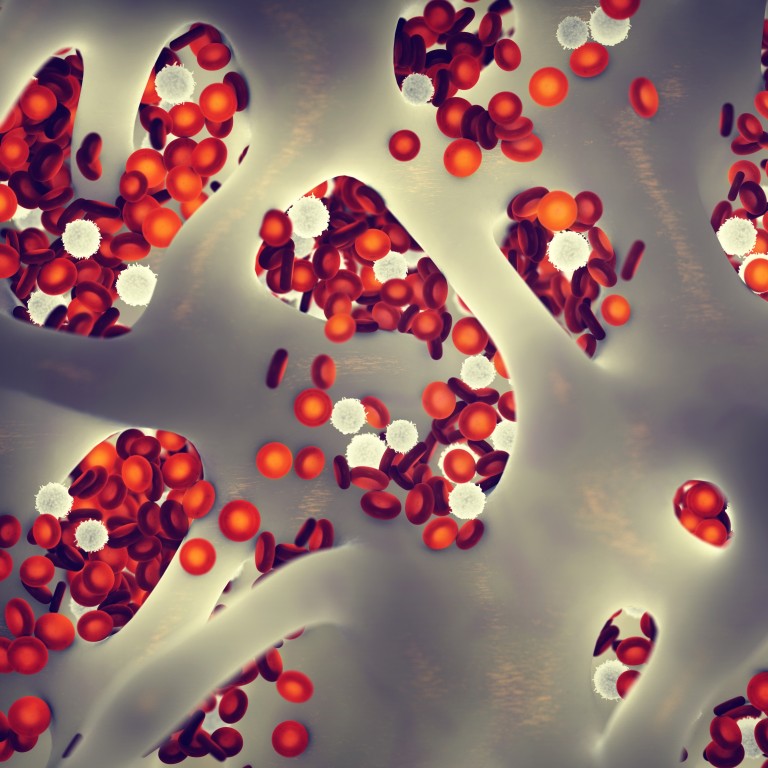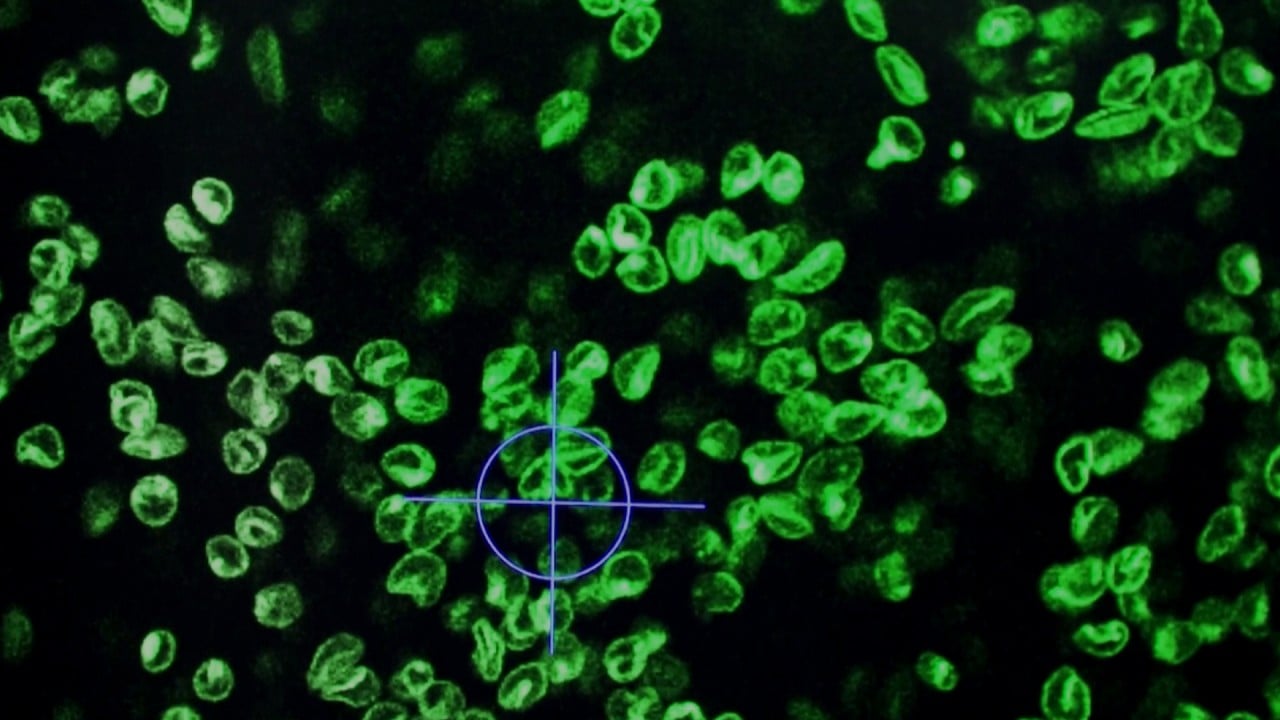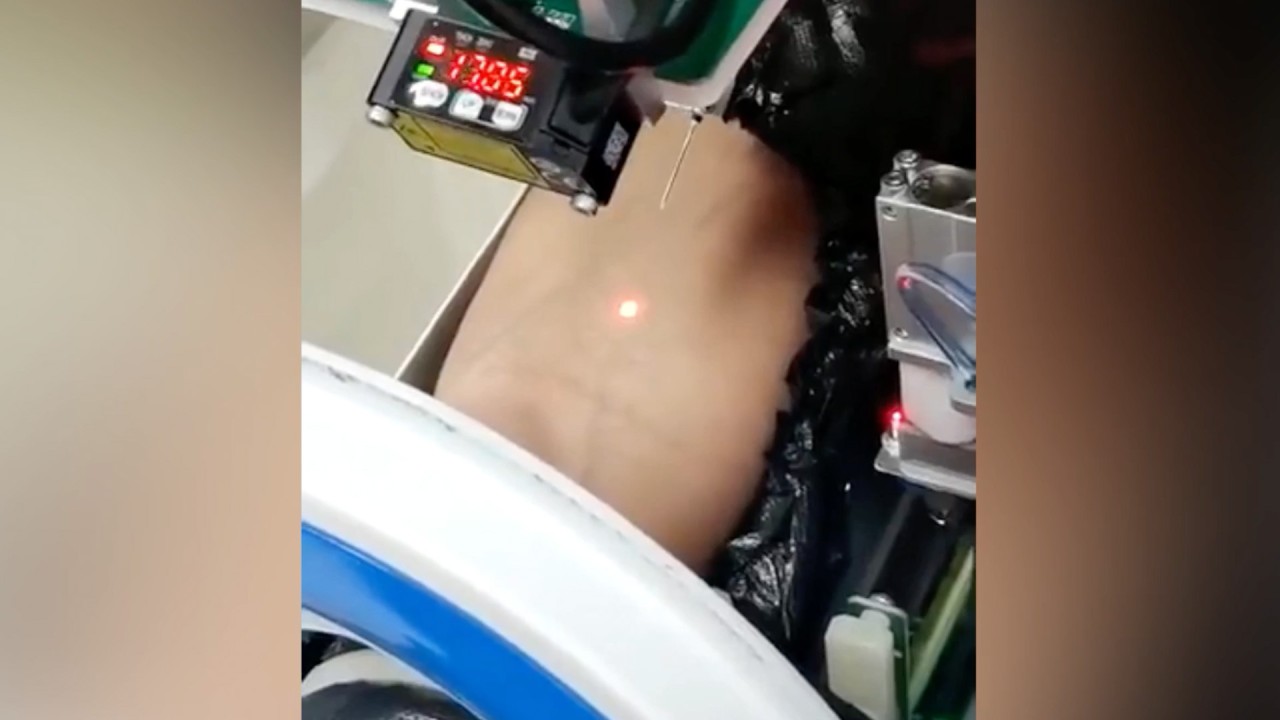
Chinese scientists may have found ‘vampire’ secret allowing old mice to live longer using young blood
- Author says previous studies detail rejuvenation process but not the essential mechanisms that explain how young blood triggers a response in aged cells
- Chinese Academy of Sciences team is latest in decades-old journey to find key to rejuvenation, with entrepreneurs joining in the pursuit of longevity
A group of Chinese researchers has discovered a “vampire” technique, involving taking young blood and injecting it into older mice to make them live longer.
A new study, led by researchers from the Chinese Academy of Sciences, found that exposure to old blood could accelerate the ageing of various organs and cell types in young mice, and that injecting young blood into old mice could “rejuvenate” their adult stem cells and surrounding somatic cells.
They further identified that haematopoietic stem and progenitor cells (HSPCs) – the stem cells that give rise to other blood and immune cells – are among the cells most sensitive to young blood.
“Most of the previous relevant studies have only demonstrated the [rejuvenation] phenomena and have not revealed enough about the essential mechanisms,” Ma Shuai, lead author of the study, told the state-run Science and Technology Daily.
The study aimed to find scientific evidence and answer the question of how young blood triggered a response in the aged cells, said Ma, who is also a researcher with the Institute of Zoology and the Beijing Institute of Genomics of the Chinese Academy of Sciences.
The study was published in the peer-reviewed journal Cell Stem Cell last Tuesday.
Scientists have shown interest in the anti-ageing properties of young blood since at least the late 1950s when the first research on the subject was published, and have shown increasing interest in the subject since the early 2000s.
To understand the ageing process, scientists have developed a technique called heterochronic parabiosis, in which a young mouse and an old mouse share a circulatory system so researchers can evaluate how tissues and organs respond at a systemic level.
In 2005, scientists at Stanford University found signs of rejuvenation in the muscles and livers of old mice after giving them young blood for a month.
In this new study, the Chinese researchers isolated and compared more than 164,000 single cells across seven organs over five years to identify the mechanisms allowing parabiosis to contribute to ageing and rejuvenation.
The authors said rejuvenation effects in the old mice were caused by the activation of aged HSPCs rather than relocation of young HSPCs into the bone marrow.
“Our work constitutes a mineable resource for advancing our understanding of ageing-related systemic factors and how they might be targeted to alleviate ageing,” the study said.
The new study was conducted on living mice but many scientists and entrepreneurs are interested in the potential for rejuvenating ageing humans.
Ambrosia, a US-based start-up, once offered transfusions of human plasma from young donors – 1.5 litres (50 fluid ounces) at a time and pumped across two days. The product was criticised by the US Food and Drug Administration in 2019 as “not safe or effective”.



